Captive History at the Wayne County Jail – Lyons, New York
by Chris Clemens
Italian immigrant, Rose Alloco, moved to Wayne County in the early 1900’s. Her daughter, Katherine, married the son of a local farmer named Adrian. Soon after the couple’s happy marriage in Sodus Center, Rose came to learn that Katherine was being molested by her father-in-law, John DeBadts. Having no qualms about protecting her daughter from further harm, Alloco took up a knife, crossed town to the DeBadts household and stabbed the Wayne County farmer until she was certain his last breath had left his deflated lungs.
Following Alloco’s arrest in March 1931, she was held in the Wayne County Jail on Butternut Street in the Village of Lyons, New York. Her trial was short and swift. Like many immigrants during that time, she didn’t speak English, and therefore had little in the way of defense. Alloco was moved to nearby Auburn Correctional where she served her 13 year sentence, but her infamous knife remained at the Wayne County Jail–where it still remains on display.
Museum of Wayne County
The Museum of Wayne County History provides an invaluable service to the region by featuring stories of local artists, businesses, wartime histories, canal life, and culture from the county’s heritage. The stories told here are fascinating, but the building itself has a story of its own. Prior to 1960, this building served as the county jail. It housed everyone from common debtors to murderers. Adding to the building’s inimical saga, this small, quaint county museum is the precise location that William Fee, the only man ever to be hanged in Wayne County, was executed.
Leading the efforts to preserve the stories and heritage surrounding the museum is Executive Director Larry Ann Evans. As the great-granddaughter of a former Wayne County Sheriff, her office today was once a common room for the jail’s caretakers who lived onsite. It’s a small museum much like many other local town and village heritage sites. But in addition to the treasure of stories retold in local history books, photographs, and exhibits is a perfectly preserved section of the jail open to visitors.
Historical Jail
Prior to legislation passed in 1844, prisons were an all encompassing holding block for any whom society deemed not worthy of roaming the public space. Around that time is when almshouses (sometimes called “Poor Houses”), insane asylums, and institutions suited for a specific purpose started to become the norm.
Lyons, New York is the county seat of Wayne County, and therefore is also the location of the county court. Prior to the prison reform of the early 20th century, there was no option to go free until your trial. You were held until the date that the jury could convene. Inconveniently, the Grand Jury met only a couple times each year, and it wasn’t uncommon for dates to be postponed due to inclement weather. Had you been wrongly accused, you could easily await trial for six months before being found innocent. Had you been waiting for that trial, you’d be hanging around one of these cement cells.
The jail portion of the the Wayne County Museum is still perfectly intact and precisely the way it existed when the jail was decommissioned. The pencil drawings once put on the walls by inmates passing the time are still vibrant and curiously artistic. The original chains of the solitary confinement cell lay just as they were left when the last set of wrists were set free. For those who are intriguied, the wooden apparatus used to hang William Fee is an arm’s reach away. And, in case the story of Rose Alloco has grasped your attention, her knife is in a glass case surrounded by various weapons and even actual tools used for escape.
Of course, there is a sordid past haunting the museum, but there is a lot of historical documentation on site that discusses a common understanding between jailers and most inmates. Letters written by previous guests talk of how fair their treatment was, and in some cases even of the fresh, homemade cookies provided by the sheriff’s wife! I’ve now been to the museum on a couple occasions over the years, and each time was able to receive a tour by Larry Ann. Her ability to narrate the countless anecdotes is astounding, and her natural talent for storytelling has me convinced I’d never get sick of visiting in the future. If you want to get a head start on learning, she wrote a book called A Jail Among Us that was invaluable as a resource to recount details of my visit for this piece.
Some of you will feel drawn to visit because of the creepy/abandoned factor, and that’s okay. But, for those turned off by that very same quality, I think you’ll find that much of the negative air you’d expect from such a space has cleared. In fact, there is a large collection that now fills three stories in the main building, and a two story barn of exhibits out behind the museum, all of which features exhibits on other aspects of Wayne County’s history.
In honor of the 200th Anniversary of the Erie Canal, the museum has a fascinating display of canal history in their rotating exhibit space. If you’re a canal history fan, Lyons will be of particular interest to you, because the town is one of the few where all three canal changes took place.
Fore more information and how to visit, checkout the Wayne County Museum website and follow them on Facebook. For a small video tour and to provide support to the museum’s efforts, checkout the museum’s Indiegogo fundraising page! While you’re there, tell them Chris from Exploring Upstate says hello!

Chris Clemens is the Founder/Publisher of Exploring Upstate. From his hometown in Rochester, he spends as much time as possible connecting with the history, culture, and places that make Upstate New York a land of discovery. Follow him on Twitter at @cpclemens

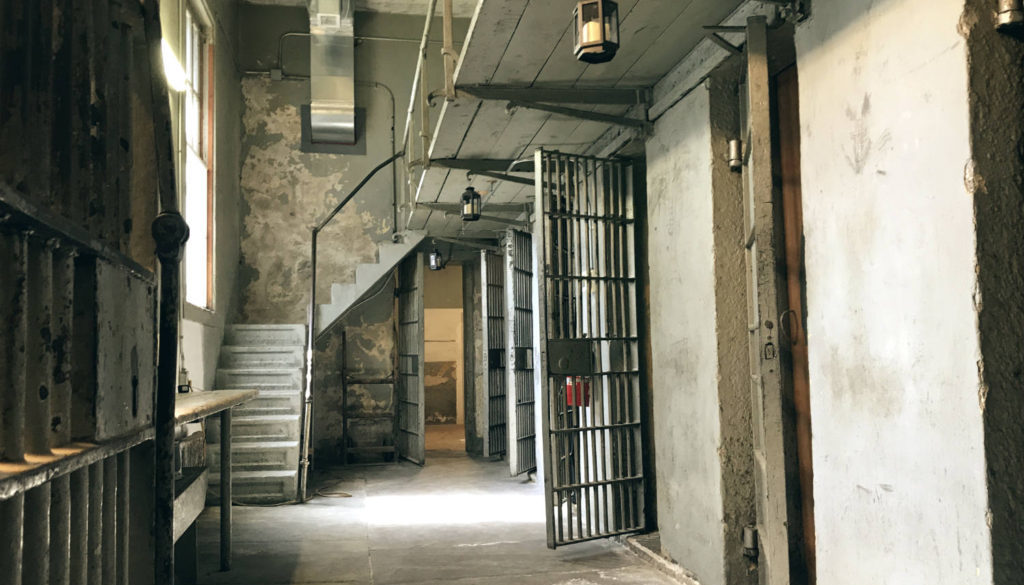
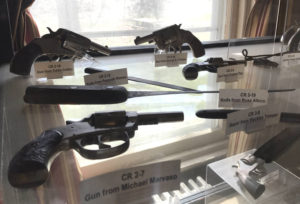
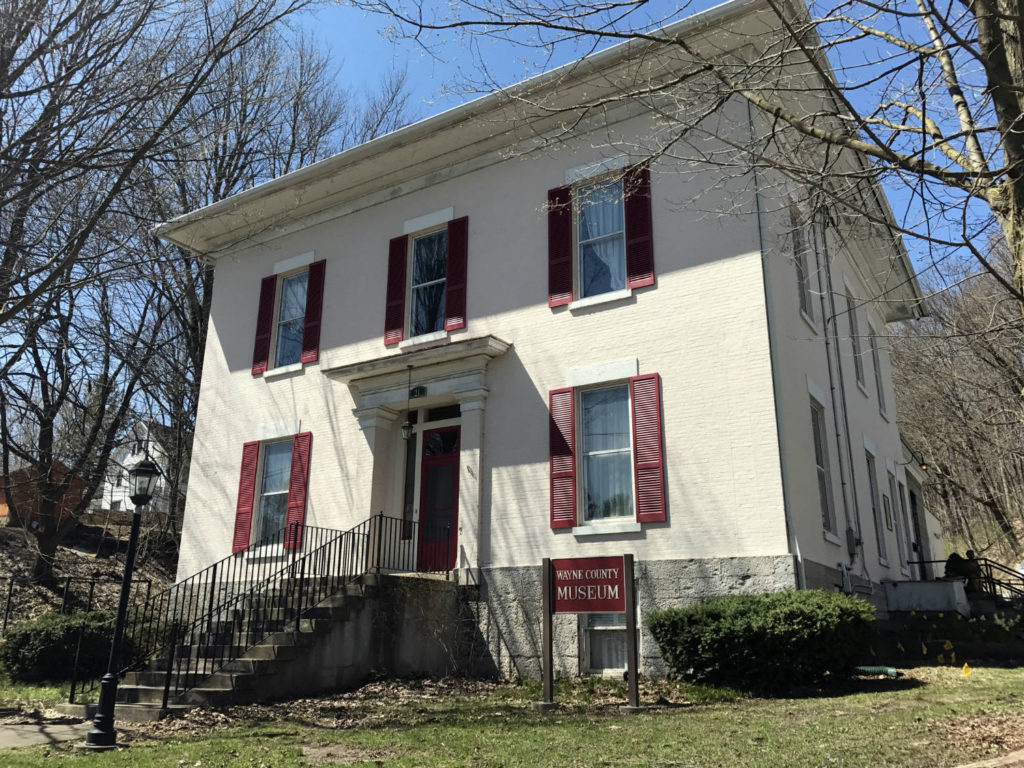
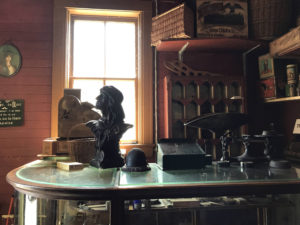
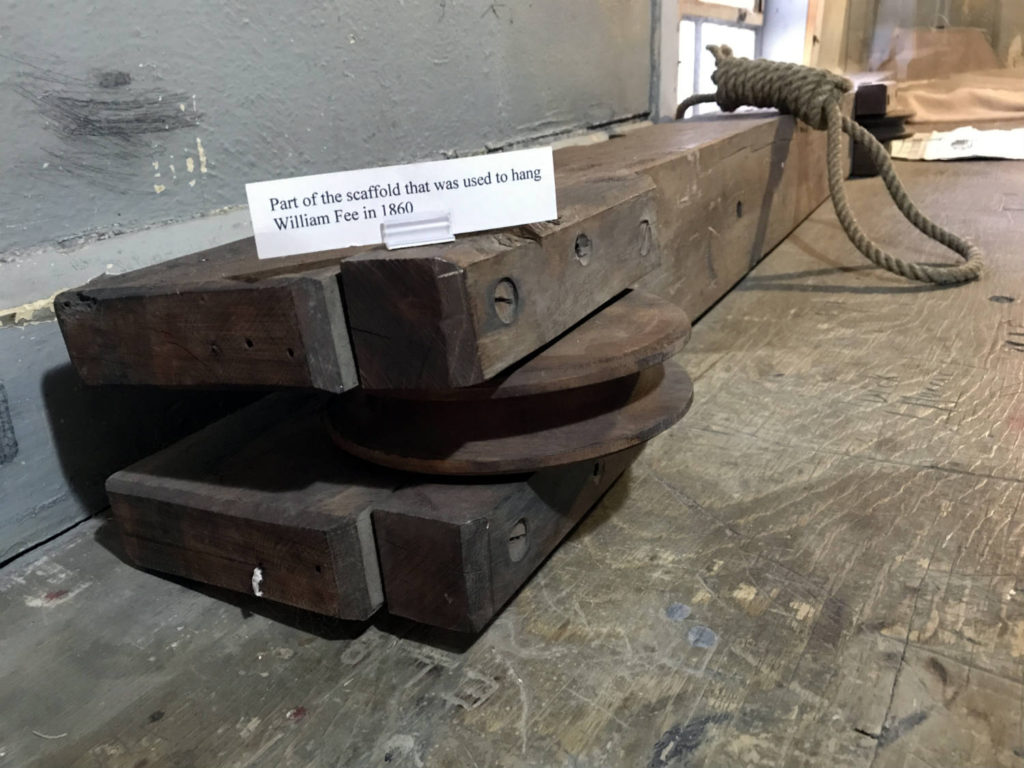

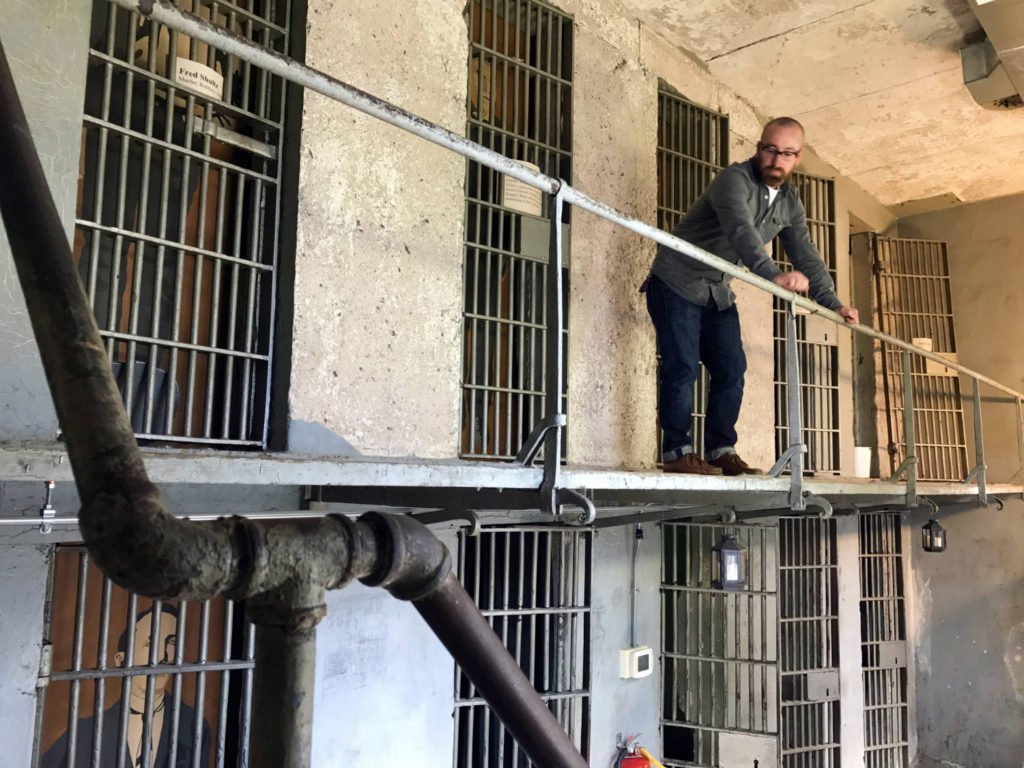

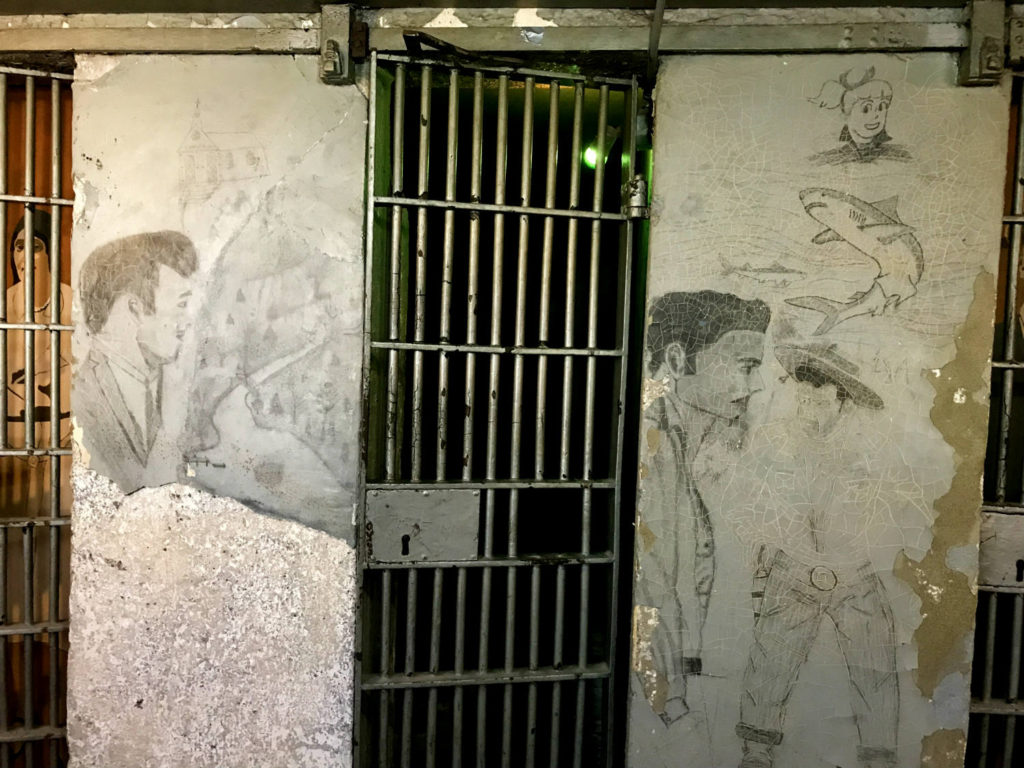
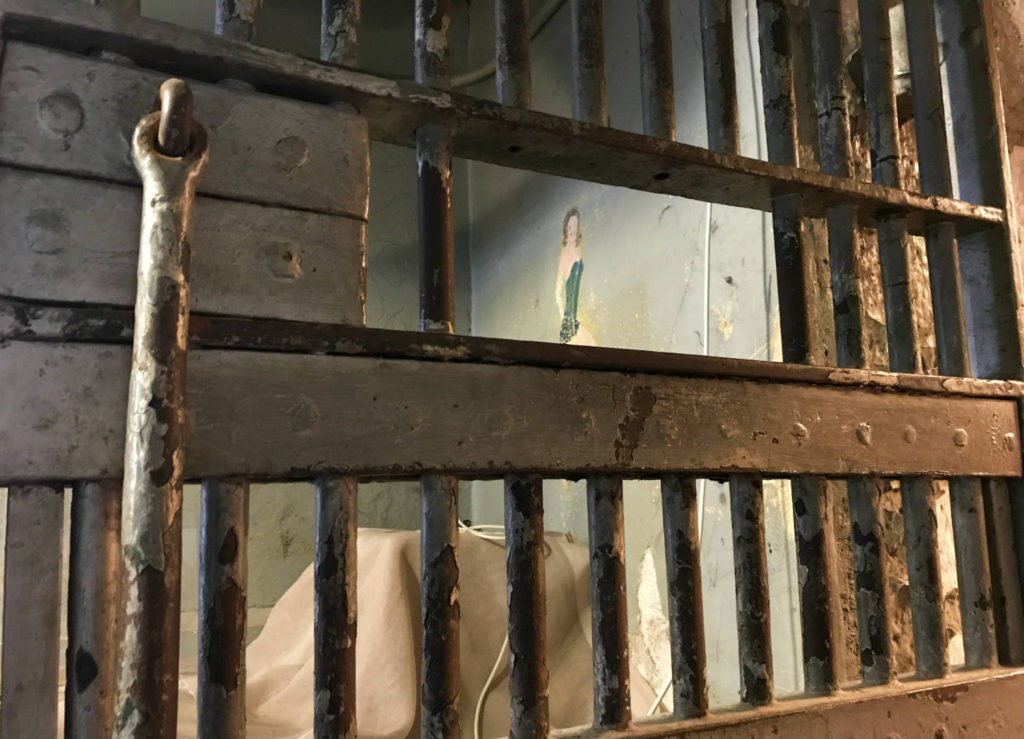
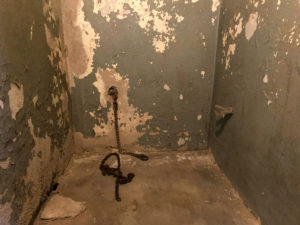
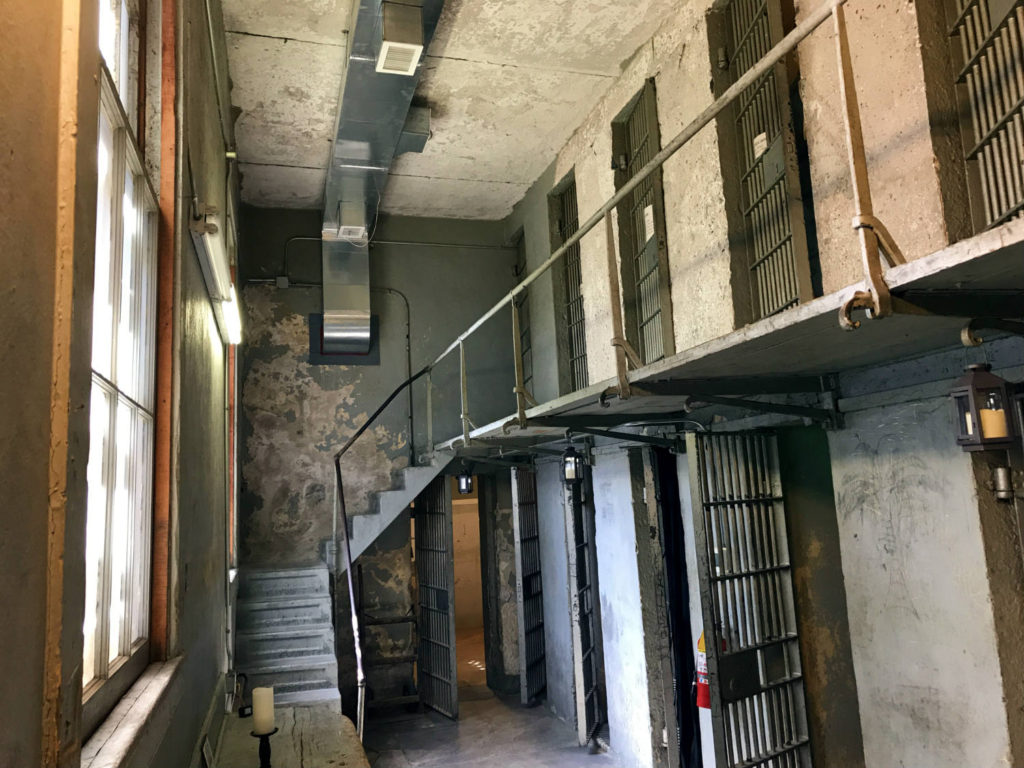
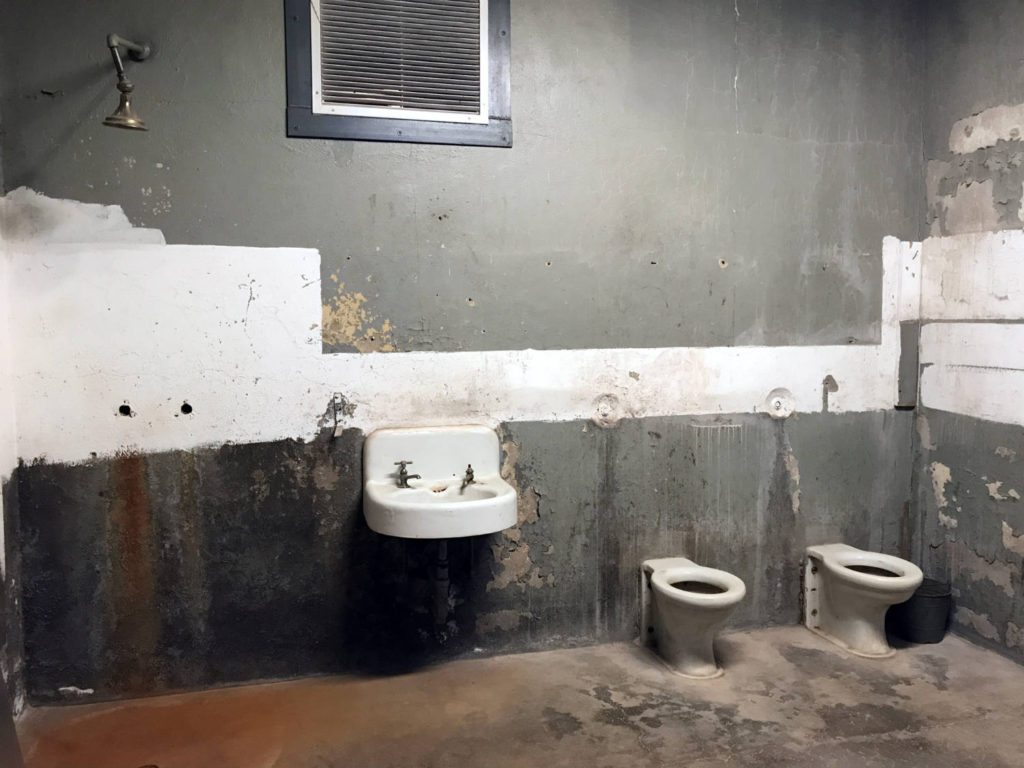

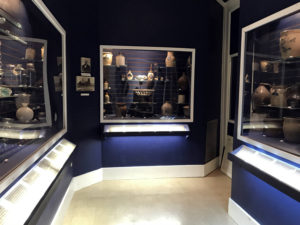
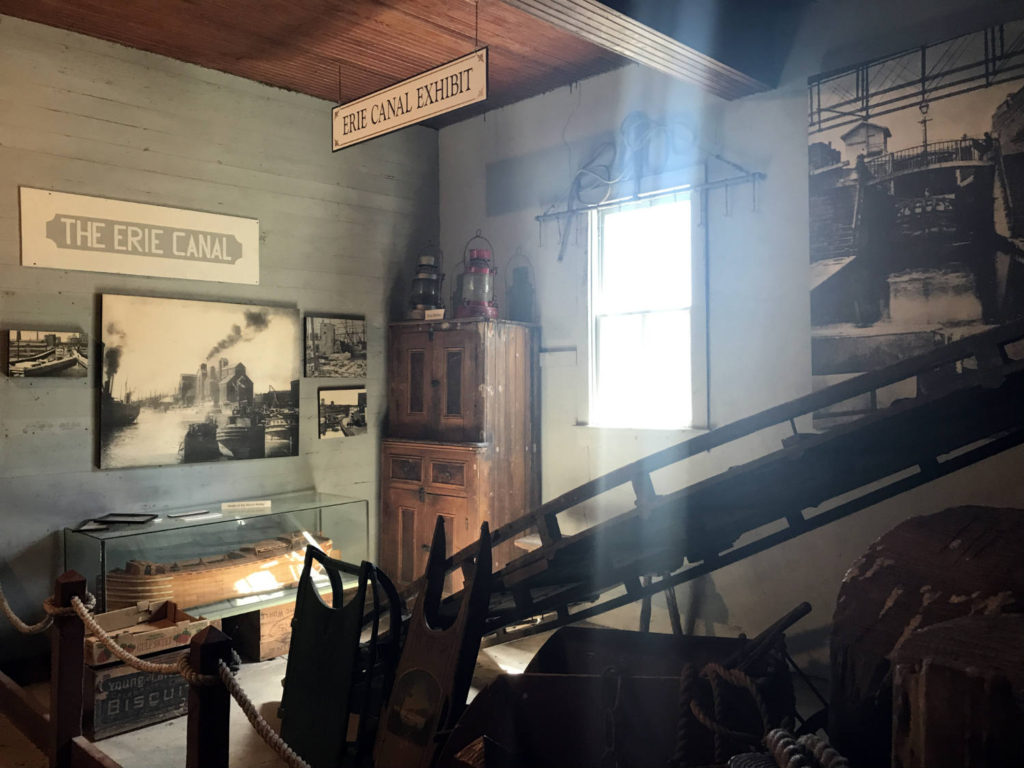
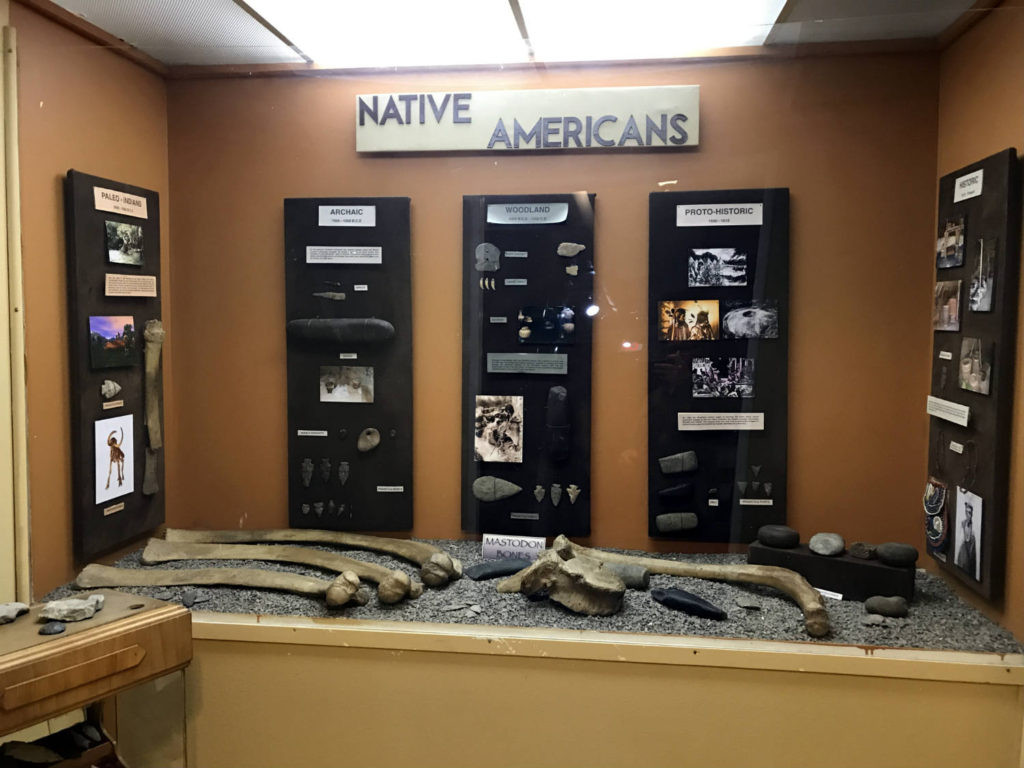



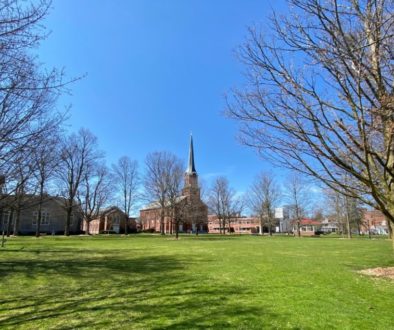

November 8, 2020 @ 3:47 pm
I remember visiting this museum when I was in elementary school, wasn’t there a room dedicated to a child that died after being dropped by a nurse? What was that room about?